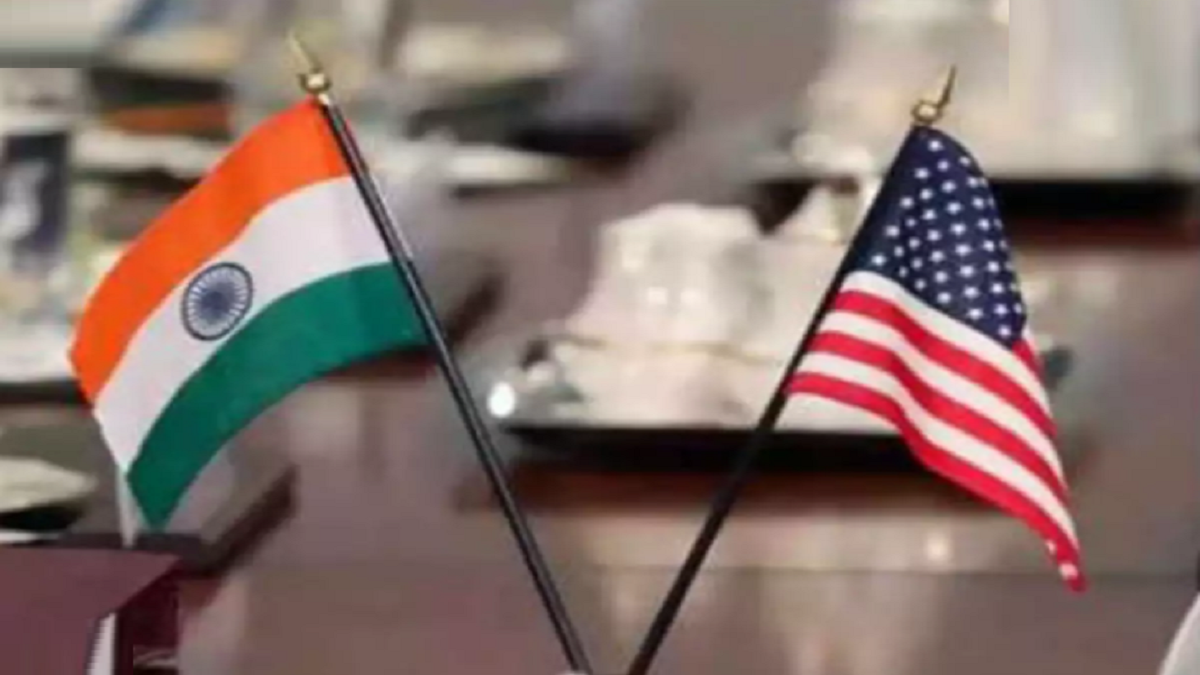


India and the United States are going to fine-tune their joint strategy aimed at countering China over its aggressive behaviour along the Line of Actual Control (LAC) and in the South China Sea. Both the nations would also to draw up a detailed plan to rein in the Dragon which is getting recalcitrant in other areas of bilateral relations with other countries of the world. Both the strategic partners will also be discussing Pakistan’s conducts vis-à-vis terrorist outfits being given “safe haven” by its state actors.
India and the US will use the 2+2 ministerial meeting to be held in September to chalk out further strategy to deal with the challenges being posed by Beijing and Islamabad. Sources said that the 2+2 format dialogue would also delve into several aspects of strategic importance for New Delhi and Washington. “This would include ramping up the intelligence sharing and other strategic cooperation between India and America, for which a formal stamp of approval will be put by the participants of the meeting from both the sides,” a top MEA source told The Daily Guardian.
The 2+2 talks will be led by External Affairs Minister S. Jaishankar and Defence Minister Rajnath Singh from the Indian side, while the US will be represented by Secretary of State Mike Pompeo and Defence Secretary Mark Esper. It will be the first virtual 2+2 format dialogue between foreign and defence ministries of India and the US.
What makes the talk more significant is that it would be held in the backdrop of the ongoing standoff between India and China in the Ladakh sector of the Line of Actual Control (LAC). Second, the dialogue assumes significance in the light of Pakistan and China getting much closer in terms of sharing high-level intelligence inputs. It was the US intelligence agency that had recently informed India that Pakistan was keeping a close surveillance over Indian forces’ movements in Galwan, and it had shared the inputs with China ahead of the clashes there. This was followed by New Delhi ramping up intelligence cooperation with Washington, for which further direction will be fixed in the 2+2 dialogue, say sources. As a result of military standoff with China in Galwan, 20 Indian soldiers had lost their lives in the month of June.
According to sources, India is satisfied with the Trump Administration which has been sending out tough messages to China over the escalation by PLA troops along LAC. Pompeo and Esper both have criticised China for the ongoing face-off at the LAC. Democratic presidential candidate Joe Biden also supported India against China and Pakistan. A bipartisan resolution in the US Senate slamming China over its Ladakh transgression was another positive development that came as a shot in the arms for the Indian diplomatic team. Therefore, with all these developments in view, the upcoming dialogue between India and the US is expected to end on a very positive conclusion, says Indian official.
The dialogue is also important from the perspective of India’s desire to procure more arms from the US. With several procurements of important weapons in the pipeline, the Indian Defence Minister will be talking to his US counterpart paving the way for delivery, sources said.
Top diplomatic sources said that this meeting would be quite important from the point of view of intelligence sharing between New Delhi and Washington. India and the US are expected to sign “the last of the US’ defence foundational pacts — Basic Exchange and Cooperation Agreement (BECA). The pact will enable India to avail US expertise on geospatial intelligence.”